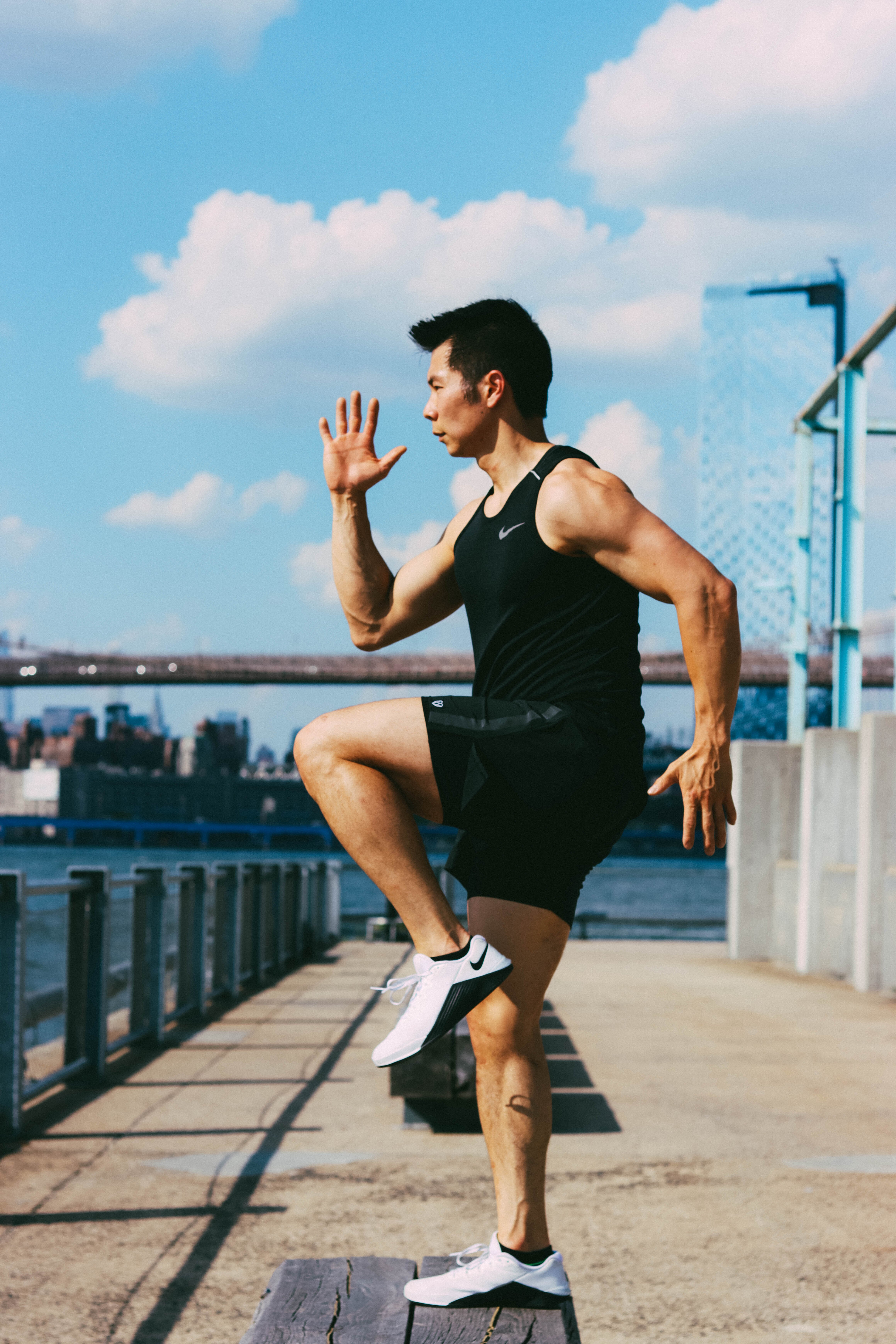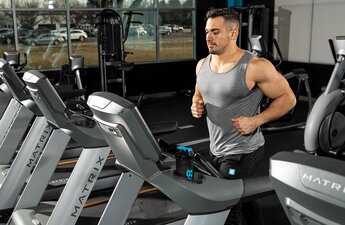We’ve all heard it. The older you get, the less likely you are to hit the performance goals you set out for. We’re constantly told to savor the time spent in our 20’s and 30’s because once we hit 40, it’s “all downhill from there.” What if, rather than simply accepting that aging equates to decreased performance, we look at the hard hitting facts that have proven time after time that aging, in a way, truly is a construct. Let’s break it down.
We’re reviewing the physiology of the aging process through your 20’s, 30’s, 40’s, and beyond your 50’s by analyzing the changes in your cardiac fitness, hormone production, muscle mass, and metabolism. Recent research has shown that telomeres, (protective end caps to your chromosomes) play a central role in the aging process through adjusting cellular responses to DNA damage. Over time your body becomes damaged through external factors: toxins, radiation, infections and internal factors: mutations, oxidation, and nutritional imbalances. These factors can cause your cells to copy your DNA less optimally, which results in the usual signs of aging such as face wrinkles, white hair, baldness, joint stiffness, and age-related diseases.
Training in Your 20’s
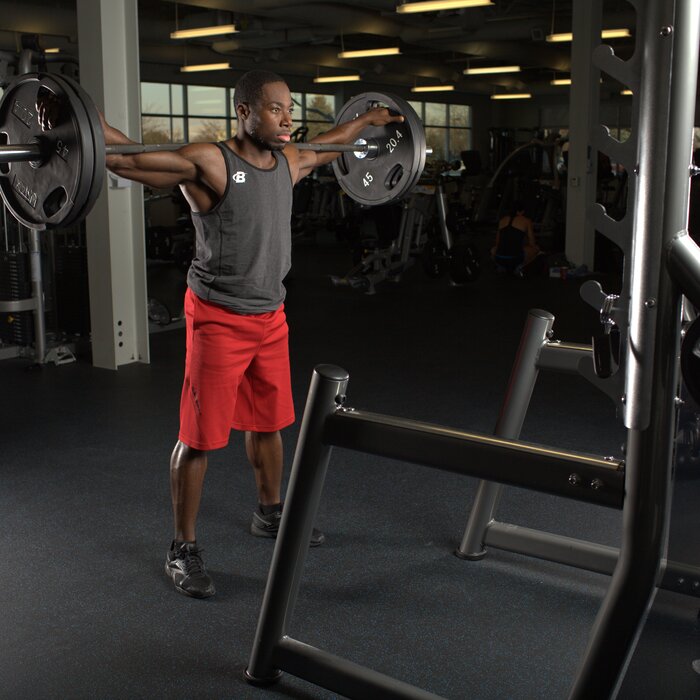
Science
Humans will generally hit their optimal physiological condition between the ages 20-29. For example, roughly ⅔ of the 11,700 Olympians in Tokyo were between 20 & 30. In the four major professional American sports leagues, the average age of athletes fall within the same range with the MLB 29.2; NHL 27.4; NBA 26.8; NFL: 26.6. The reason for this is simple: 20-year-olds have the maximal biological capacity for fitness. They have the greatest V02 Max meaning that they can consume more oxygen and therefore use more energy. They have the most heart rate variability (HRV) which gives them the ability to modulate heart beats based on stressful sympathetic and relaxing parasympathetic inputs and therefore perform better in any type of environment. They have peak testosterone production which helps with muscular hypertrophy, glucose regulation, and maintaining bone density and therefore have bigger muscles, less fat, and stronger bones. They have the highest metabolism meaning that they can convert the most amount of consumed calories into energy.
Advice
If you are in your 20's you should focus on competing at the highest level possible in sports and athleticism-based activities like sprinting and olympic weightlifting because your top end capacity will diminish over time. However, you don’t have to be the world’s best athlete to reap the benefits of exercise and healthy habits. The classic analogy is that health is like a savings account: If you start saving now, your pennies, nickels, and dimes will pay out huge dividends in the future. Here are three research based tips to navigate your 20’s.
- Try everything. When you're in your 20's, you can learn motor skills much faster than older adults. Yourbody is both more resilient against trauma and recovers faster from injury so you should attempt a variety of physical activities to find what best suits your body, mind, and lifestyle.
- Build solid nutritional habits. Making good choices now will help you look your best for longer, keep your organs running optimally, and give your brain the energy it needs. First, you should get a balance of protein, carbs, and fat. You should strive to consume 1g to 2.5g of protein per pound of body weight. The body only processes about 20g at a time so adding in a protein shake between meals will give you the best distribution,
- Focus on consistency over intensity. Many younger athletes and fitness enthusiasts overtrain. When you’re young, you can get away with ripping four plates off the ground with bad form or hitting bench press PR’s everyday. Your body will thank you later if you invest in training with good form, progressive overload, and adding in proper recovery protocols. When you do your high intensity training make sure to consume some electrolytes and BCAA’s afterwards.
Transitioning to the Next Decade
As you enter into your late 20’s, start taking advantage of your energy and growing skill sets to live your best third decade.
Training in Your 30’s
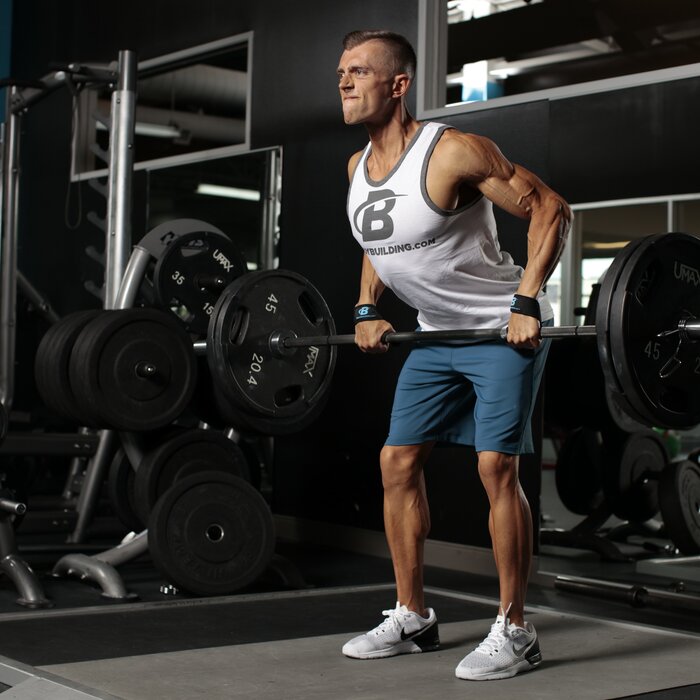
Science
Humans will start noticing the signs of aging starting in their 30’s. There are many reasons for the loss in top performance, one being that there's an inevitable decline of VO2 max. Over time, the heart becomes less effective in delivering oxygen to your muscles because there is a stiffening of the heart muscle fibers and thickening of arterial walls. Second, testosterone production will decrease causing the body to lose muscle mass, muscular strength, bone density, and mitochondrial function. Third, the body’s ability to recover after strenuous workout diminishes because of decrease in muscle fibers, connective tissue, nerve function, and immune response.
Advice
If you are in your 30's you can have the perfect combination of athleticism and knowledge in your choice of sport. It also might be the perfect time to try endurance racing or powerlifting which skew towards older athletes. Although most professional athletes will retire before the age of 30, there are several notable exceptions. Endurance racing does not require the same level of high intensity output which is why ultramarathoner Rob Krar was able to win back to back the Western States 100 Miler in 2014 and 2015 at ages of 37 and 38. Powerlifters also peak slightly later in life at an average age of 35. Brian Shaw won his 4th World’s Strongest Man title in 2016 at age 34 and took 2nd place in 2021 at age 39. Skill based sports like tennis allow professional athletes extended careers because their knowledge and skills can often outweigh the loss in physical output. Roger Federer won the Australian Open and was ranked #1 at age 36 in 2018. Here are three tips to help slow the effects of the aging process:
- Adding high intensity interval training (HIIT) to your workout routines can help boost or maintain your V02 max. This will strengthen the heart, build capillary density, and oxygenate your muscles which will keep you going stronger for longer.
- Incorporate strength training to increase your testosterone to maintain muscle mass and bone density. If you have not checked your testosterone levels, you should get tested to make sure your body is producing sufficient hormonal amounts. If it’s moderately low, you should think about adding a testosterone supplement.
- Grant Yourself full rest days or at least active recovery days where you don’t exceed 50% of your aerobic threshold. These recovery periods will help you grow more muscle and perform much better.
Transitioning to the Next Decade
As you start entering into your late 30’s, you should start focusing on skill acquisition and recovery protocols to help set you up for success in your 40’s.
Training in Your 40’s
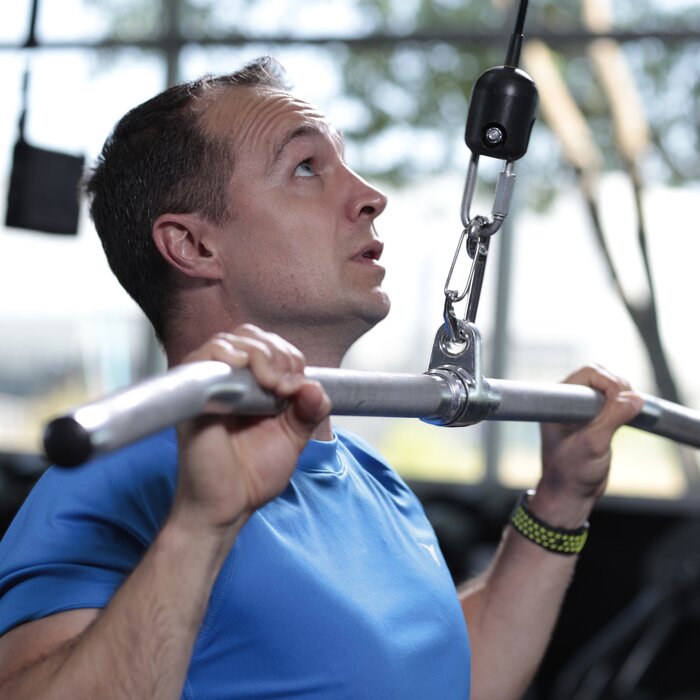
Science
Humans entering the fourth decade of life will feel a shift in their physiological performance. However, understanding these changes will help you keep performing your best. The body starts to build up anabolic resistance to building muscle which causes a loss of skeletal muscle mass. This decreases your amount of calories you burn at rest (basal metabolic rate). This is why many 40 year olds start to have their excess energy stored as fat. The other major shift is in overall testosterone levels with an average of 1.6% loss of total testosterone per year and average of 2.5% loss of bioavailable testosterone per year which reduces power, energy levels, bone density, and hair growth. That’s why it is important to dial in your workout routine, diet, and recovery protocols.
Advice
For most people in their 40's, elite performance is over. However, there are a growing number of exceptions like Jake Gibb who became the oldest man to play beach volleyball at Tokyo Olympics in 2021 at age 45. With the growing emphasis and knowledge on recovery and ways to optimize performance for all ages, it’s not unheard of for people to continue the sports and activities they’re passionate about well into this decade. If you are in your 40’s, you should start to focus on skill based sports and longevity in activities that you already enjoy. Here are three tips to continue to lessen the aging process.
- Warm Up. Your body has less synovial fluid so it needs more time to naturally lubricate your joints. Your motor neurons are slower and need time to activate so your body needs more time to dilate your blood vessels to get the oxygen to your muscles. If you are feeling stiff, taking glucosamine and chondroitin can help fortify your joint health.
- Maintain a healthy weight by either reducing your calorie intake or increasing your activity. As you age, you lose 1% of your muscle mass per year meaning that your metabolism drops approximately 1% meaning that you have to eat less or exercise more to maintain your energy balance.
- Allow your injuries to heal completely. When you were 20, you were able to bounce back from injury almost instantaneously. At 40, you will heal much slower and be more prone to injury, so allow yourself to heal completely by jumping back in. Supplements that can aid in recovery include Creatine Monohydrate, Omega-3’s, and Vitamin D.
Transitioning to the Next Decade
As you start entering into your late 40’s, you should start focusing on longevity.
Training for 50+
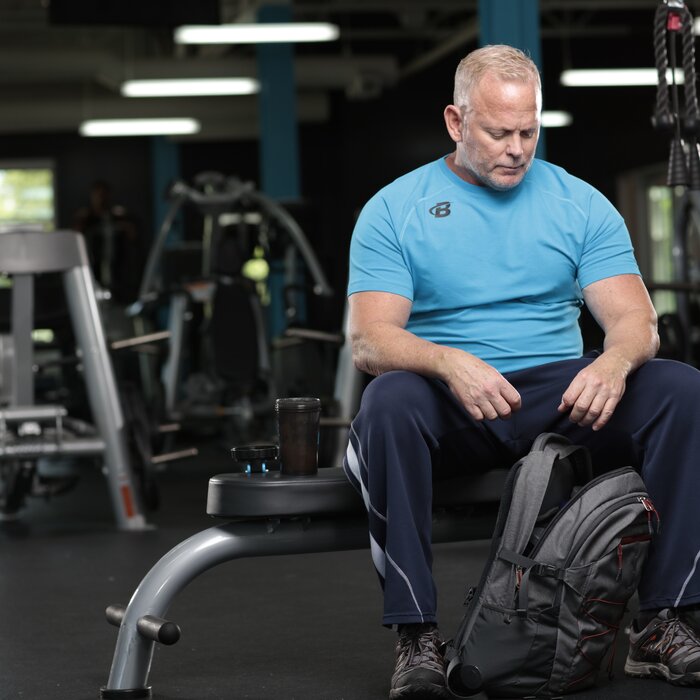
Science
After 50 years of use, the human body is still resilient and stronger than most people think. There are many scientific articles explaining how lung capacity, blood volume, muscle mass, bone density, connective tissue and many others are decreasing each and every year. However, this doesn't have to be the case. The study Physical Performance in Middle Age and Old Age found that a sedentary lifestyle was the main cause of the loss in performance rather than simply biological aging.
Advice
If you’re in your 50’s, you should focus on maintaining a high quality healthy lifestyle for as long as possible. You should use your best asset which is your brain. For example, 11-time World Surf League Champion, Kelly Slater, who turned 50 in 2022 and was able to beat out the 20-year-olds on the tour with a win at the 2022 Billabong Pro Pipeline. There are other great examples of olympic athletes in concentration and tactical sports like horseback riding, table tennis, and archery.
Here are 3 tips to maintain a healthier lifestyle for 50+.
- Create bucket list goals. Unfortunately many older individuals do not have any aspirations which makes it hard to maintain daily motivation. You should find a reason to add daily exercise into your life. Example goals could be walking the Great Wall of China, traversing the Incan trail to Machu Picchu, or simply taking your grandchildren to the beach. Your mental health is just as important as your physical health. If you are looking for a brain boosting supplement: L-Carnitine can help cognitive fatigue especially for those over 70 by enhancing nerve growth factor and mitochondrial function.
- Move everyday. Exercise has been proven to increase life expectancy, reduce the risk of injury, lower the risk of diseases, improve mental acuity, and many other health related benefits. You should do two resistance training sessions and 120 minutes of cardiovascular training a week, which have been shown to reduce the risk of heart disease, diabetes, arthritis, stroke, alzheimer’s, etc. You should be careful of your exercise selection. I would recommend doing lower impact exercises to preserve your joints as much as possible. Walking is the easiest activity to do for a long period of time. You walk for much longer periods of time and can actually burn more calories than running. Walking as well as many other cardiovascular exercises can regulate blood pressure, blood sugar and body fat levels.
- Find and maintain strong social connections. The quality and quantity of your relationships can greatly affect mental health, health behavior, physical health, and mortality risk. For example, a spouse may help monitor and regulate your diet, sleep, and/or medical screenings. Civic organizations can entice you to volunteer which can help increase your happiness. Close friends can help with your psychological well-being and help you avoid overeating, stress, and the abuse of tobacco and alcohol.
Transitioning to the Next Decades
As you start entering into your late 50’s, you should start focusing on longevity by moving everyday, eating the right amount, and focusing on skill based activities.
Citations
Telomere dysfunction in aging and age-related diseases: https://www.nature.com/articles/s41556-022-00842-x
Telomeres and Aging: https://pubmed.ncbi.nlm.nih.gov/18391173/
Olympians are probably older — and younger — than you think: https://www.washingtonpost.com/sports/olympics/2021/07/31/oldest-youngest-olympians/
Average age in esports vs. major sports:https://www.espn.com/esports/story/_/id/20733853/the-average-age-esports-versus-nfl-nba-mlb-nhl
Age of peak performance in Olympic sports: A comparative research among disciplines: https://rua.ua.es/dspace/bitstream/10045/61889/1/jhseVol11N1_31-41.pdf
20’s
VO2 max Trainability and High Intensity Interval Training in Humans: A Meta-Analysis: https://www.ncbi.nlm.nih.gov/pmc/articles/PMC3774727/
The role of heart rate variability in sports physiology: https://www.ncbi.nlm.nih.gov/pmc/articles/PMC4840584/
Testosterone for the aging male; current evidence and recommended practice: https://www.ncbi.nlm.nih.gov/pmc/articles/PMC2544367/
Testosterone signals through mTOR and androgen receptor to induce muscle hypertrophy: https://pubmed.ncbi.nlm.nih.gov/23470307/
Aging, basal metabolic rate, and nutrition: https://pubmed.ncbi.nlm.nih.gov/8361073/
Motor-skill learning in older adults—a review of studies on age-related differences: https://eurapa.biomedcentral.com/articles/10.1007/s11556-008-0030-9
How much protein can the body use in a single meal for muscle-building? Implications for daily protein distribution: https://www.ncbi.nlm.nih.gov/pmc/articles/PMC5828430/
An Old Problem: Aging and Skeletal-Muscle-Strain Injury: https://www.ncbi.nlm.nih.gov/pmc/articles/PMC6345250/
Overtraining In Young Athletes: https://pubmed.ncbi.nlm.nih.gov/16925184/
30’s
Age-Related Testosterone Decline is due to Waning of Both Testicular and Hypothalamic-Pituitary Function: https://pubmed.ncbi.nlm.nih.gov/26075536/
The effect of aging on skeletal-muscle recovery from exercise: possible implications for aging athletes: https://pubmed.ncbi.nlm.nih.gov/18268815/
Peak Age and Performance Progression in World-Class Weightlifting and Powerlifting Athletes: https://journals.humankinetics.com/view/journals/ijspp/14/10/article-p1357.xml
Analysis of the Athletic Career and Retirement Depending on the Type of Sport: A Comparison between Individual and Team Sports: https://www.ncbi.nlm.nih.gov/pmc/articles/PMC7764278/
40’s
Sport performance follows a physiological law; Study suggests peak at 20-30 years of age, then irreversible decline: https://www.sciencedaily.com/releases/2011/07/110701132244.htm
Mitochondrial and Skeletal Muscle Health with Advancing Age: https://www.ncbi.nlm.nih.gov/pmc/articles/PMC3788080/
[Aging, basal metabolic rate, and nutrition]: https://pubmed.ncbi.nlm.nih.gov/8361073/
Strength and muscle mass loss with aging process. Age and strength loss: https://www.ncbi.nlm.nih.gov/pmc/articles/PMC3940510/
The age-related loss of skeletal muscle mass and function: Measurement and physiology of muscle fiber atrophy and muscle fiber loss in humans: https://pubmed.ncbi.nlm.nih.gov/30048806/
Nutrition and aging: changes in the regulation of energy metabolism with aging: https://pubmed.ncbi.nlm.nih.gov/16601270/
Effects of Aging, Sex, and Physical Training on Cardiovascular Responses to Exercise: https://www.ahajournals.org/doi/pdf/10.1161/01.CIR.86.2.494
Changes in aerobic power of men, ages 25-70 yr: https://pubmed.ncbi.nlm.nih.gov/7898326/
Testosterone, aging, and the mind: https://www.health.harvard.edu/newsletterarticle/testosteroneagingandthe_mind
Understanding the physiology of the aging individual: computational modeling of changes in metabolism and endurance: https://www.ncbi.nlm.nih.gov/pmc/articles/PMC4759747/
The Effect of Aging on Relationships between Lean Body Mass and VO2max in Rowers: https://www.ncbi.nlm.nih.gov/pmc/articles/PMC4968829/
50’s
Kelly Slater, Nearly 50, Wins 8th Pipeline Title: https://www.theinertia.com/surf/kelly-slater-nearly-50-wins-8th-pipeline-title/
Aging Athletes Are Enjoying a Moment. Team USA's Oldest Olympian Plans To Keep It Going: https://time.com/6081686/olympics-oldest-athlete-team-usa/
Olympic medallist at 58, age drives Alrashidi to do rare things: https://timesofindia.indiatimes.com/sports/tokyo-olympics/olympic-medallist-at-58-age-drives-alrashidi-to-do-rare-things/articleshow/84758063.cms
Physical Performance in Middle Age and Old Age: https://www.ncbi.nlm.nih.gov/pmc/articles/PMC2999945/
Social Relationships and Health: A Flashpoint for Health Policy: https://www.ncbi.nlm.nih.gov/pmc/articles/PMC3150158/
